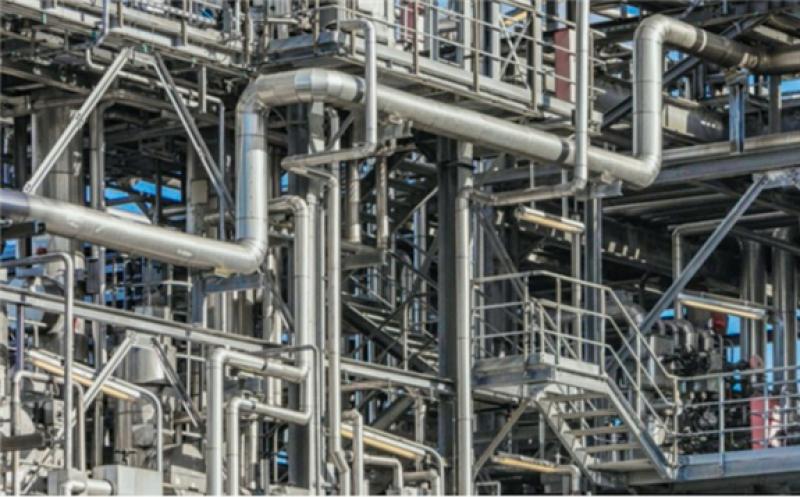Imported hydrogen will be cheaper than green hydrogen made in the EU in 2030, according to a new study by Aurora Energy Research.

The Oxford-based energy market analyst compared the delivered cost of hydrogen from four countries in the EU and six globally, to an example consumer in the north of Germany.
Hydrogen imports provide a solution for countries which have ambitious targets for hydrogen usage but may not have the potential to meet all this demand locally, said Aurora.
The global countries analysed are Australia, Chile, Morocco, Norway, Russia and the UK.
The EU countries covered are Germany, France, the Netherlands, and Spain.
The study found that for a hydrogen consumer in north-west Europe, the cheapest source of low-carbon hydrogen in 2030 will be blue hydrogen produced in the Netherlands or Norway, followed by green hydrogen imports from Morocco.
The European Commission’s hydrogen strategy sets out a vision for widespread hydrogen use to meet Net Zero targets, and many Member States have also defined their own national hydrogen strategies.
Germany is currently leading the race for hydrogen in Europe, having a more developed policy, strong demand outlook and having invested more significantly in renewable electricity generation over the last few years, Aurora highlighted.
Countries, such as Germany, will need to not only switch major industries from gas use towards hydrogen, but also source this hydrogen from low carbon sources, such as green hydrogen from renewables or blue hydrogen from gas, with carbon capture and storage.
Aurora’s study found that even for a country as big as Germany, it would be “challenging to meet all future hydrogen demand domestically from renewables”.
Considering just the production costs, the analyst found green hydrogen produced in Morocco from solar co-located with electrolysers has the lowest costs in 2030, beating blue hydrogen produced in Norway, Russia, or the Netherlands, as well as any green hydrogen produced in Europe.
Next, the analyst considered the cost of transforming the produced hydrogen into any one of five energy vectors: forms into which hydrogen must be converted ahead of transportation, re-conversion costs following transportation and various modes of transportation costs.
These vectors were compressed hydrogen, liquefied hydrogen, ammonia, methanol, and dibenzyl toluene.
Aurora found that blue hydrogen produced in the Netherlands wins out as the cheapest source of low-carbon hydrogen available to consumers in the north of Germany, by 2030.
This is closely followed by blue hydrogen from Norway transported as compressed hydrogen by pipeline, then by green hydrogen from Morocco transported by ship as ammonia.
Green hydrogen produced in Germany is towards the bottom of the list, in seventh place.
Aurora Research global commodities head Anise Ganbold said: “Countries outside of Europe such as Chile, Morocco, Canada, and Russia are planning to produce hydrogen to export to Europe within the next decade.
By looking at the costs involved in producing this hydrogen, and bringing it to Europe, we found that imported hydrogen could be cost-competitive with hydrogen produced in Europe, despite the conversion and transportation costs involved.
“This impacts how European countries should plan to develop their hydrogen economies.”